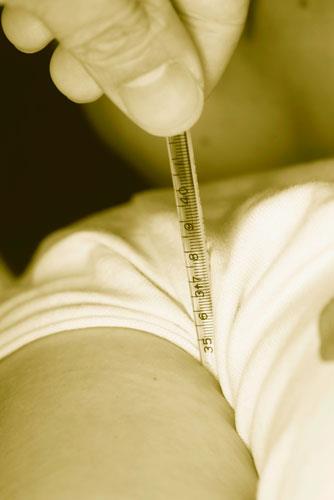
Febrile infants aged between 61 and 90 days appear to have a high prevalence of invasive bacterial infection (IBI), lending support to obtaining urine and blood tests in this population, suggests a recent study.
A total of 3,301 infants were included, among whom 605 (18.3 percent) had a serious bacterial infection (SBI; mainly urinary tract infection). Of those with SBI, 81 (2.5 percent) had IBI (bacteraemia, n=60; meningitis, n=12; sepsis, n=9).
SBI prevalence was 18.5 percent (95 percent confidence interval [CI], 16.4–20.7) among infants >60 days old as compared with 16.6 percent CI, 14.7–18.7) in those between 29 and 60 days and 21.5 percent (95 percent CI, 18.6–24.7) in those <28 days of age.
IBI prevalence was 1.1 percent (95 percent CI, 0.6–2.2) among infants >60 days old as compared with 2.3 percent (95 percent CI, 1.6–3.3; p<0.05) in those 29–60 days and 5.1 percent (95 percent CI, 3.7–7.0; p<0.05) in those <28 days of age. IBI prevalence in well-appearing infants aged >60 days was 1.0 percent (vs 4.5 percent in those <28 days old; p<0.01; and 2.0 percent in those 29–60 days old; p=0.06). Except for one, all infants aged <28 days were diagnosed with bacterial meningitis.
This prospective registry-based cohort study included all infants ≤90 days with fever without a source evaluated in a paediatric emergency department between 2003 and 2017. The prevalence of SBI and IBI was compared in febrile infants <60 days of age and those between 61 and 90 days.